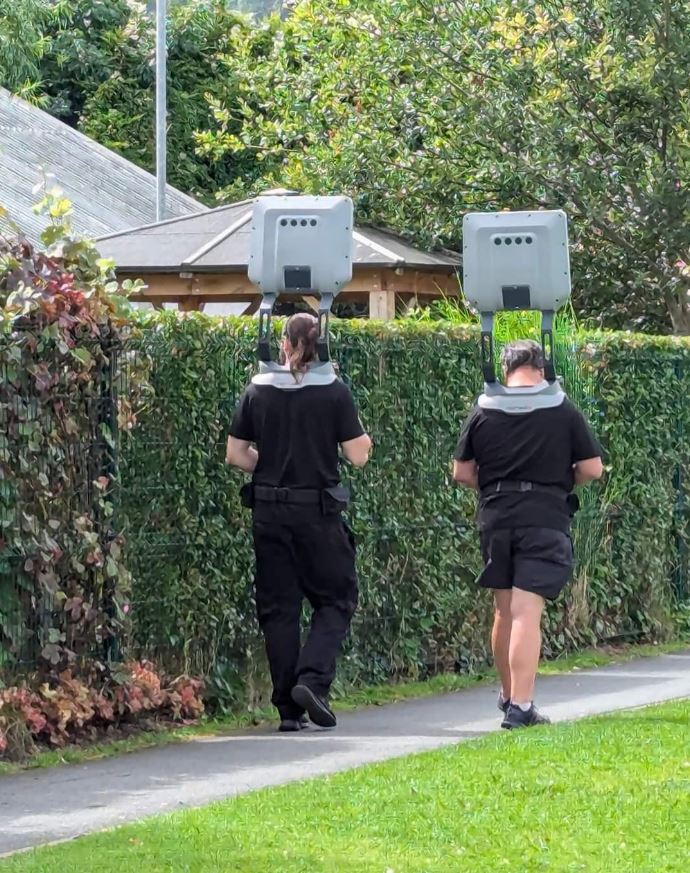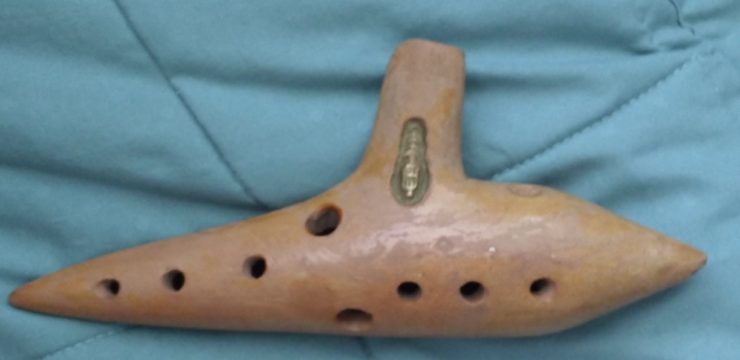In a world overflowing with digital ads, flashy banners, and sponsored content on every screen, standing out in a meaningful way has become a major challenge for brands. Enter the AdWalker—a clever blend of old-school hustle and modern technology that’s reclaiming city sidewalks across the globe.

These human billboards, often dressed in bright costumes or high-tech gear, roam busy streets equipped with LED screens, poster boards, or interactive gadgets to deliver advertisements straight to the public in a dynamic, attention-grabbing way. While the core concept isn’t new, AdWalkers are taking a classic advertising model and revamping it for the digital age. They’re a 21st-century twist on the sandwich board carriers of the early 1900s, who walked around with signs slung over their shoulders to promote products or businesses. Today’s AdWalkers have leveled up—now they’re armed with glowing LCD panels, sound systems, and even motion-triggered content that turns a simple walk into an immersive, street-level marketing campaign. What sets AdWalkers apart from traditional outdoor advertising is their ability to engage people on a personal level.
A stationary billboard might get a passing glance, but an AdWalker can interact directly with passersby, answer questions, give out free samples, and guide curious customers to nearby stores or events. This real-time engagement transforms the ad experience from passive observation into a two-way connection, something increasingly rare in the digital marketing landscape. They bring the brand to life—literally—and put a human face to what might otherwise be a faceless campaign. And let’s be honest, they’re hard to ignore. Whether it’s someone wearing a glowing screen on their chest, dancing in a branded costume, or using a quirky prop to entertain the crowd, AdWalkers are designed to stop traffic—figuratively, of course.
Their vibrant energy and often outrageous outfits turn them into instant conversation starters, and that’s a big win for brands trying to generate buzz. In fact, many AdWalker campaigns go viral thanks to onlookers snapping pics or recording videos to share on social media. That kind of organic, user-generated promotion adds extra value and reach to the campaign without spending a cent more on ad space. But AdWalkers aren’t just about flash—they also serve as valuable data collectors. Many campaigns include elements that invite consumer interaction, like on-the-spot surveys, QR codes for feedback, or even contests and giveaways. This allows brands to gather insights, test new products, and adjust strategies on the fly while building deeper connections with their audience. It’s experiential marketing at its finest—fun, flexible, and results-driven.
The design of an AdWalker campaign plays a huge role in its success. From the color of the costume to the fonts on the screen, every element is tailored to the target audience. Some campaigns incorporate haptic feedback or augmented reality to create a full sensory experience. The goal is to make the campaign not just noticeable, but unforgettable. The more visually and emotionally engaging the display, the more likely it is to stick in people’s minds long after the AdWalker has moved on. So why do AdWalkers still matter in an age when everyone has a screen in their pocket? It’s because they cut through the clutter in a way that digital ads alone can’t. They create genuine human moments, spark curiosity, and leave an impression that goes beyond the scroll of a phone screen. They offer something tangible in a world full of intangibles. When brands want to stand out, connect face-to-face, and make a lasting impression, AdWalkers deliver. They may be walking the streets, but their impact runs deep—blending nostalgia with innovation to create an experience that’s as unforgettable as it is effective.





